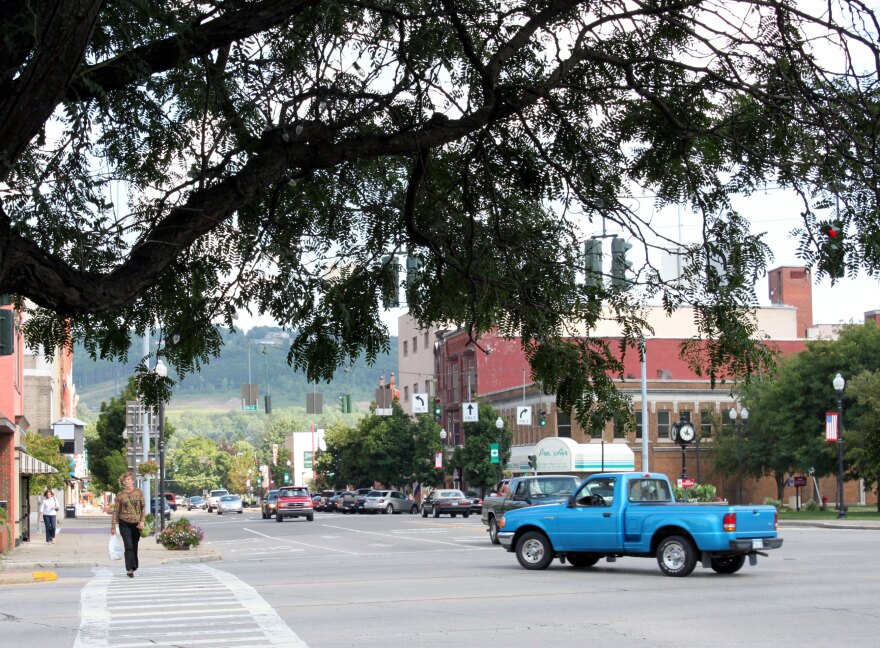Recently, The Evening Tribune, newspaper for the small, Southern Tier city of Hornell ran a poll on its website. The poll asked readers if they thought population in the next decade would increase to around 10,000, stay the same, or continue to decline.
Overwhelmingly, people thought population would continue to fall. The poll was unscientific, and Hornell’s population hasn’t dropped like it has in say Detroit, or Buffalo, but its slow decline is a complicated subject to come to terms with.
Andy Thompson, the paper's Managing Editor, responded with an editorial titled "Fewer people in Hornell, so what." But Thompson acknowledges a substantive changed in Hornell's demographics. “Hornell is older than it’s ever been,” he observes. “Younger people tend to leave.”
Organizations have sprung up to retain younger residents, like Syracuse’s 40 Belowand Pipeline 4 Progress in the Southern Tier. There’s also CIC2020 at Binghamton University, which has the set out to keep 20 percent of BU graduates in the area within the next decade. Currently only three to four percent stay local.
Jane Donatich, the group’s student director, is a senior from Long Island working on an engineering degree.
“There definitely are students who didn’t go out [to Binghamton],” Donatich says, “or didn’t have opportunity to go out and see what opportunities are available so they are more likely to leave than to stay.”
Donatich is the sort of bright, mobile student universities want to attract and that towns want to keep in the area after graduation. The program tries to overcome the difficultly of keeping students local by introducing them to to city leaders, businesses and nonprofits active beyond the university's suburban campus. Until she got involved as a sophomore, Donatich had never seen downtown.
“I saw that there was some life going on,” Donatich says of her own introduction into the program “and that I would give it a chance and that I would try to explore and show other people what the area has.”
Another former student, Brent Angeline was enticed back to the area by the opportunities available locally. Angeline returned to his hometown, the suburb of Endicott, after finishing college in Rochester. He launched a one-man software company in Binghamton’s small, downtown business incubator.
Angeline discovered the economic incentives and programs in place to support young entrepreneurs. And, coming from the region, he says he’d feel more pride to accomplish what he’s doing here than in say, the Bay Area.
But as someone who grew up locally, Angeline also identifies the vibrancy the area has lost since relinquishing the bulk of IBM, once one of its major economic engines.
“I thought we had a really good music scene then,” Angeline recalls. “I’d like to see that happen again; but I think a lot of that is just the state of affairs, the economy, attitude locally”
Angeline’s point raises a chicken and egg question: How do you get people to stay and rebuild the region as a destination when so much has already left?
One person who won’t be a part of that reconstruction is Binghamton University student, Jane Donatich.
“I know that doesn’t sound good,” Donatich admits. “But I feel like based on where I’m at in my life I need somewhere where I could have more challenging opportunities thrown at me and be able to grasp them.”
Donatich has been offered a job with an accounting firm, and will be moving to New York City after graduation.
Take a listen to the on air version of our story below.
http://stream.publicbroadcasting.net/production/mp3/national/local-national-933699.mp3



